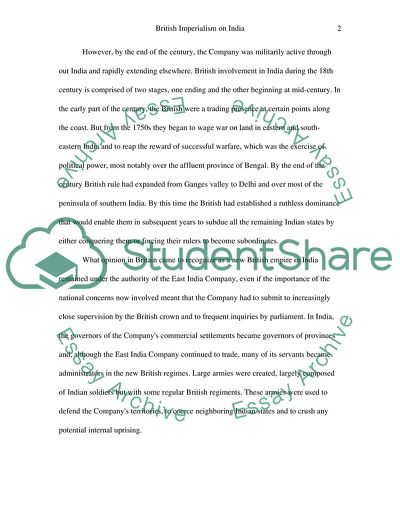Cite this document
(British Imperialism on India Essay Example | Topics and Well Written Essays - 1750 words, n.d.)
British Imperialism on India Essay Example | Topics and Well Written Essays - 1750 words. https://studentshare.org/politics/1703382-british-imperialism-on-india
British Imperialism on India Essay Example | Topics and Well Written Essays - 1750 words. https://studentshare.org/politics/1703382-british-imperialism-on-india
(British Imperialism on India Essay Example | Topics and Well Written Essays - 1750 Words)
British Imperialism on India Essay Example | Topics and Well Written Essays - 1750 Words. https://studentshare.org/politics/1703382-british-imperialism-on-india.
British Imperialism on India Essay Example | Topics and Well Written Essays - 1750 Words. https://studentshare.org/politics/1703382-british-imperialism-on-india.
“British Imperialism on India Essay Example | Topics and Well Written Essays - 1750 Words”. https://studentshare.org/politics/1703382-british-imperialism-on-india.


